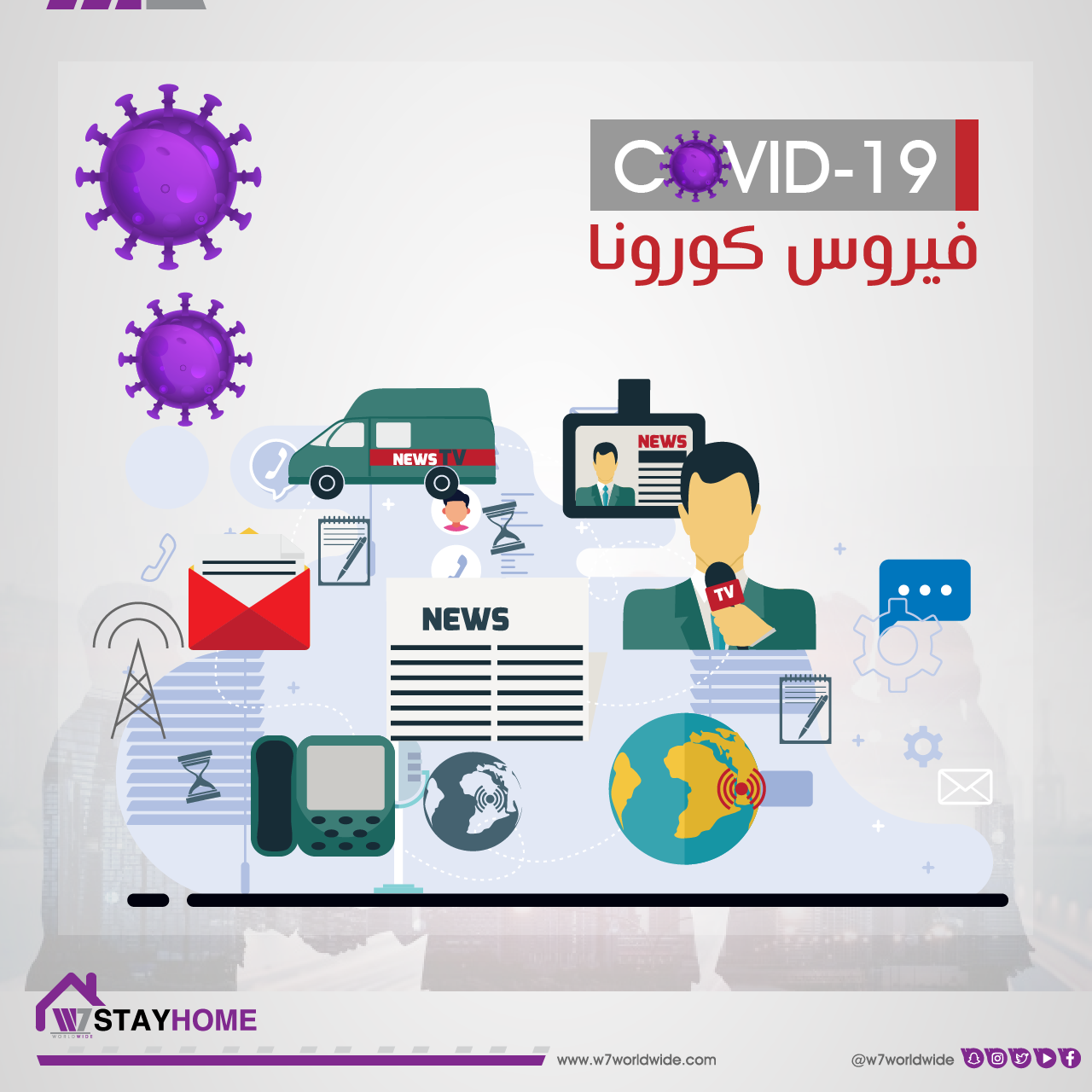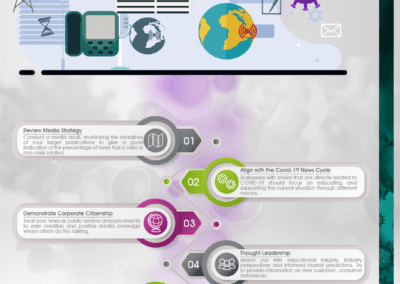COVID-19 has consumed the news cycle for some months, with the media covering the impacts of the crisis on governments, the public, and businesses from all angles. Proactively engaging with the media at this stage needs to be done in a strategic way and only if relevant. To help companies and organizations navigate the media landscape in the COVID-19 news cycle, W7Worldwide releases a 7-step guide to create the right media relations strategy for the post-lockdown phase of the crisis. (Click Here to Read Full Report).
Preparing for the Next Stage
Around the world, many countries and markets are now beginning to look ahead, planning, and implementing their exit strategies from lockdown. It has become clear that the pandemic has fundamentally changed the way companies need to communicate with their stakeholders. Companies considering proactive outreach must understand both the immediate and long-term needs of their customers, as well as the media and public mood.
Every organization now needs to do a self-assessment and understand its current marketplace and target audiences. The ratio of COVID-19 to non-COVID-19 news will gradually shift, and the readership and social sharing of the top pandemic stories will decline versus the current trend. It is vital to use monitoring tools to track and engage with the media, which will vary by country, region, and market sector. Communications need to address what matters most to customers, amplifying how the organization offers relief and refraining from taking advantage of the crisis.
Media Relation is Changing
‘As with any news cycle, COVID-19 moves through the news-driven, insight-driven, lessons learned, and advice-driven cycles. There is a continuous reset of this news cycle through the various stages of the crisis as new information and government advice emerges.’ explains Abdulrahman Inayat, co-Founder of W7Worldwide. ‘How skilfully businesses navigate these evolving news cycles with the media matters. There is a careful balancing act when it comes to communicating proactively without being perceived as exploiting a negative situation.’
Just as other organizations, media, and news outlets have had to adapt to remote working. Sending samples to a journalist, or arranging face-to-face meetings is currently not an option. The technology exists to be creative and reach out to the media with virtual press conferences, CEO interviews, webinars, and video streaming. The best media relations approach is to focus on relationships with key journalists and reach out with educational insights, industry perspectives, and informed market predictions.
Adapting to Quick Change
Businesses and governments need help to adapt to the new reality and companies can establish themselves as respected industry leader who collaborates and shows others how to cope with the challenges posed by COVID-19. As the world is addressing COVID-19 and over time achieves the return to a new normal, so will the news media. It is important for companies to be prepared for this shift to be gradual and that journalists will be looking for stories that report on the transition. Where it is in a company’s interest to outline its individual situation, there can be plenty of opportunities to do so.
Any outreach to the media needs to be empathetic and positive, highlighting areas of social good or social impact. First and foremost, brands must reinforce their commitment to the health and safety of their employees and customers. W7Worldwide’s 7-step guide to Media Relations in the COVID-19 News Cycle provides companies and organizations with advice on formulating the right media relations strategy for the current time.



